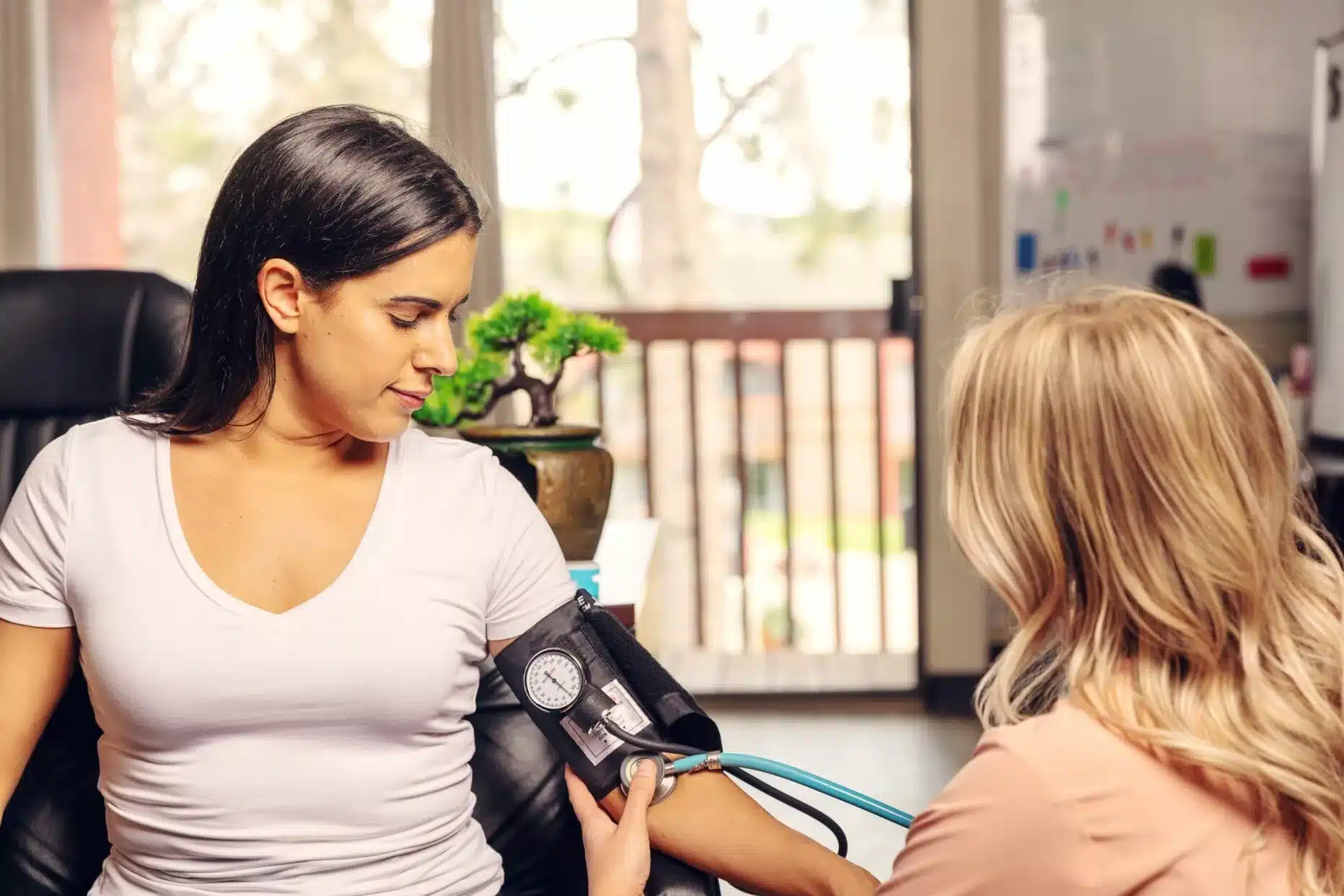
Medication-Assisted Detox Program In Colorado
Mountain Springs Recovery DOES NOT offer METHADONE
At Mountain Springs Recovery, we sometimes use drugs for such medication-assisted treatments to help clients with substance use disorder stop using substances. Such MAT treatments can be either in the short term for medically supervised withdrawal from opioids or in the long term as a maintenance treatment.
One thing that makes stopping substance use so hard is that it is usually accompanied by withdrawal, a series of often flu-like symptoms that can be more or less severe based on the substance used and the degree and length of the addiction.
Because many clients with an opioid use disorder (OUD) started taking the illicit or prescription medications for chronic pain, withdrawal may mean a return of pain. In some cases, withdrawal can be life-threatening, so it’s a condition that requires skilled medical attention.
How Medication-Assisted Treatment Can Reduce Withdrawal Symptoms
Drug and alcohol withdrawal symptoms may include:
- Anxiety
- Insomnia or sleepiness
- Diarrhea
- Nausea or vomiting
- Sweating
- Rapid heartbeat
- High or low blood pressure
- Confusion
- Seeing and hearing things that aren’t there
To prevent or minimize these symptoms, sometimes we substitute another drug for the drug that people once abused. This is known as medically supervised withdrawal detoxification or detox. Usually, the dosage is gradually reduced and then stopped.
When the SUD is so severe that the clients cannot or will not stop their substance use, the MAT may continue longer. This is known as maintenance treatment and can sometimes last for years, though that should not be the goal.
MAT Effectiveness
Medication-assisted treatment is not just treatment by medication; it is a treatment that is assisted by medication. If all the clients do is take medication, it is not really treatment at all. The purpose of medication is to allow clients to function in their lives while they receive medication-assisted therapy such as counseling and behavioral therapies.
Think of MAT as training wheels. Some clients may need MAT for longer periods of time, but the goal is to remove them as soon as possible.
It works. With MAT, the length of time in rehab is reduced, recovery lasts longer, and the success rate is better. With MAT, opioid-related overdose deaths drop. When a new MAT drug became available In Baltimore, heroin overdose deaths there decreased by 37%.
Medications Used in MAT
MAT isn’t available for all substance use disorders. Some drugs, such as methamphetamine (meth), don’t have any drugs that are effective and approved by the Food and Drug Administration (FDA). Most of the known drugs are used as medication-assisted treatment for opioid addiction or alcohol addiction. Common opioid drugs include oxycodone, hydrocodone, heroin, and fentanyl.
Opioid Use Disorder Medications
There are a few main medications for opioid use disorder or opioid withdrawal approved by the FDA:
- Buprenorphine. When combined with naloxone as the under-the-tongue film Suboxone, buprenorphine is a tamper-resistant opioid partial agonist. It won’t give a long-term OUD client a high, even with repeated doses. New opioid users may get high if they use this medication-assisted treatment for opioid addiction, however.
- Naltrexone. A MAT for OUD that is not an opioid, naltrexone is an opioid antagonist (often prescribed as the once-monthly injection Vivitrol) that blocks the effects of opioids so the client cannot become high. This means the client must be finished with withdrawal before MAT starts or they may go into a sudden, painful, cold turkey withdrawal. Naltrexone can prevent relapse.
- Lofexidine. This drug is another medication used for opioid abuse but isn’t an opioid itself. Known as the brand name Lucemyra, the drug reduces cravings during withdrawal. Lofexidine is intended more to address withdrawal symptoms instead of other MAT uses. People should use the drug for a short duration of time (fourteen days or fewer).
- Methadone. Although Mountain Springs Recovery DOES NOT offer METHADONE, it is a full agonist opioid, like heroin and morphine. It affects the same brain receptors, blocking other opioids and reducing the severity of withdrawal. Methadone users develop less tolerance to methadone, compared to other opioids, so they can use it for a long time without increasing the dosage. It also lasts longer than most opioids, including heroin, making it ideal for long-term maintenance therapy.
Alcohol Use Disorder Medications?
There are also a few main medications used for alcohol use disorders. Clients use the medications after they have already stopped drinking:
- Acamprosate. Besides blocking the effects of alcohol, acamprosate may protect neurotransmitters from the long-term effects of alcohol use. People with kidney disease should not use the medication because it may harm them physically and make depression and suicidal thinking worse.
- Naltrexone. Available as a tablet or a once-monthly injection (Vivitrol), naltrexone blocks the euphoria (good feelings) that alcohol may produce. The medication may harm clients with severe kidney or liver disease.
- Disulfiram. Unlike MAT drugs such as acamprosate and naltrexone, disulfiram does not block the effects of alcohol. Instead, it makes people sick if they attempt to use alcohol. They may experience headaches, nausea, vomiting, chest pains, and breathing problems. The medication may harm clients with liver disease.
Misunderstandings About Medication-Assisted Treatment
Unfortunately, not all rehab facilities offer MAT because:
- Many judges, politicians, and law enforcement agents don’t like MAT. As recently as 2013, half of all drug courts did not allow the use of buprenorphine and other agonist drugs “under any circumstances.” They are more likely to allow naltrexone—its maker aggressively lobbied on its behalf—because it is not an opioid.
- Some physicians and hospitals don’t trust or understand MAT. Addiction medicine may not have been required or thoroughly taught when they served their internships. Also, to prescribe buprenorphine, physicians need a waiver. To prescribe methadone, they need to participate in an opioid treatment program (OTP) certified by the Substance Use Disorder and Mental Health Services Administration (SAMHSA). Many physicians would rather not deal with such bureaucratic red tape.
- The biggest misunderstanding about MAT is that the use of MAT drugs is just replacing one addiction with another. This is not true because MAT is intended for a different purpose and produces a different effect. Individuals with diabetes use insulin to control their condition but their insulin use is not considered an addiction to insulin.


